Freshwater Fish Guides To Catch
Freshwater Fish In The UK – How Many Fish Species
There are thought to be roughly 42 native species of freshwater fish found in the UK rivers, streams, canals and lakes. Not all these fish are fished for regularly if even fished at all. There are a few of the less common saltwater species that find their way into our waters during the mating season, like the Atlantic Salmon and European Eel.
What Is A Freshwater Fish
A freshwater fish is a species of fish that does not live in salt water. This is often referred to as freshwater species. Across parts of the UK, some of the rivers closer to the coast are at the mercy of tidal salt surges numerous times a day, which pushes all the freshwater fish upstream until the surge has subsided. You often find the same species in rivers as you do in lakes. It’s known in the fishing community that river fish are classed as “wild” and can often fight much harder and get caught a lot less.
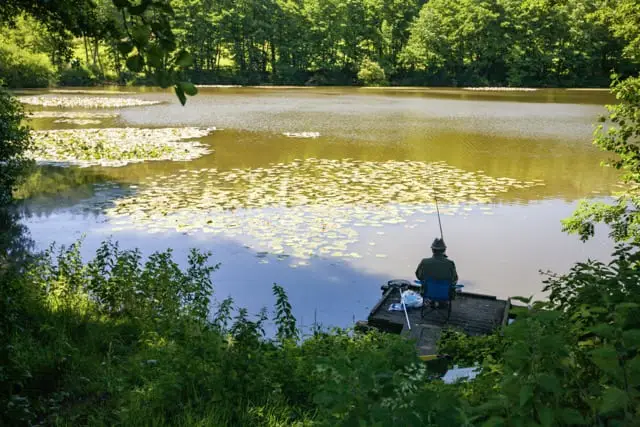
How Does a Salt Surge Affect Freshwater Fish?
To put it simply, freshwater fish can’t survive in salt water. They’re not designed for it. Freshwater fish have mechanisms like producing dilute urine and drinking less water. Too much, exposure to saltwater, can result in death. The reason, their cells will shrivel and die.
Salt Surge Can Be Devastating
Although salt surges are relatively normal and can often subside quickly, there have been some horror stories of salt surges having devastating impacts on fish species. Back in 2022, the Norfolk Broads had a serious salt surge lasting several weeks and being pushed as far as 24 miles inland, leading to intervention from the Environment Agency extracting around 45,000 fish and moving them upstream. I couldn’t put a number on the fish deaths, but it’s estimated that hundreds and thousands of fish died in the salt. It’s worth checking on the information here.

What Is, The largest Freshwater Fish In The UK
The largest freshwater fish ever caught in the UK is the wells catfish. The official record is around 67lb but reports over 100+lb fish have been caught, These records are not official as they were illegally introduced. The record was closed because of this by the British Record Fish Committee (BRFC). Although, having an unofficial British record of 100lb catch fish will certainly give you bragging rights
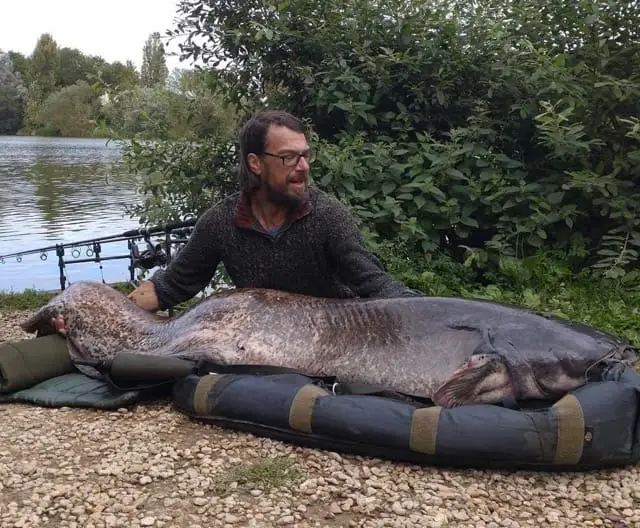
Where Can I View The Record Fish
The most reputable place where you can obtain factual information is the Angling Trust. Just click on the links towards the bottom of THIS page, and you’ll be able to view a document. It will display where in the country this was caught
What Are The Best Methods To Catch Freshwater Fish
This is exactly what this category is all about. Below, you’ll find separate articles about different species and different tactics and methods to catch them. Fishing isn’t a one-glove-fits-all-all approach, it’s trial and error until you find what works in a certain location. I find fishing one location a lot of times and building up the knowledge. These guides are a good place to start and work from that.
What Is The Best Time Of Year To Catch Freshwater Fish in UK
For most fishing, it recommends deploying your tactics in the warmer months of spring and summer. I find the best time to fish, is mid to end of spring. When the temps hit around 15 or 16 degrees right before the fish start spawning. Every year this is the time I try out new tactics as the fish are very active pre-spawn and on the feed. Another good time is early mornings and late evenings in the summer. Fishing during the height of summer during the days doesn’t actually produce that many fish, being really hot, and bright with less oxygen in the water. If you can find a day when you get good cloud cover, then so be it.
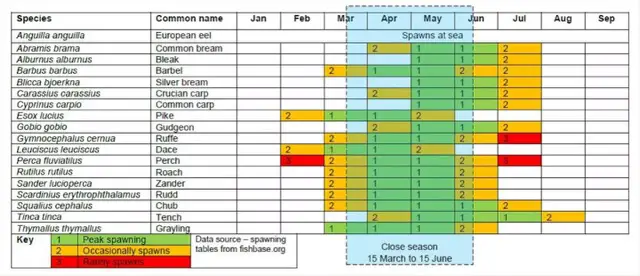
Colder Months Freshwater Fishing
In the colder months, you can still catch fish, but the tactics are slightly different. We’ll go through them in the fishing guides below. I will just add, though, that Pike fishing can be productive during colder months. Although Pike are active in the summer, they do not fear too well with reduced oxygen, so a fight is the last thing they really need. Another species worth fishing for is the roach. If you’re fishing lakes, they’re much easier to locate. If you’re fishing canals or rivers, make the most out of the boatyards, as that’s where the fish are likely to group up.
Invasive Freshwater Fish In The UK
The UK have six invasive species of fish. Each has its own issues and effects on the ecosystem of our waterways. There’s a good chance the waterways will never recover to some degree. We’ll go through some information about the invasive species found in the UK
Bitterling
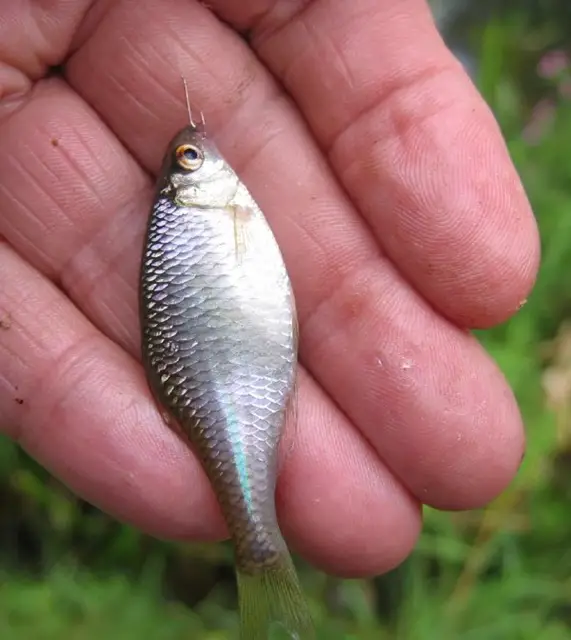
It’s not known when this invasive species was introduced, but it’s strongly believed this was during the first half of the 20th century in association with the ornamental fish trade. These are found in most river systems, lakes and garden ponds. Thought to have very little impact on the ecosystem.
Wells Catfish
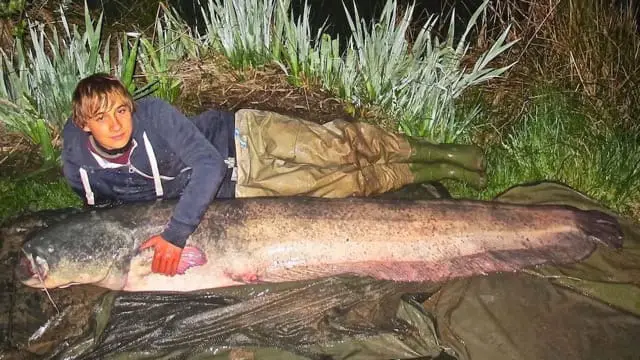
The wells catfish’s origins are in mainland Europe and Asia. This invasive species is known to have been introduced in the 1800s, being stocked into Mutton Lake, Woburn Abbey in Bedfordshire. It’s believed this was gifted from Germany to the British Embassy. The continuation of imported catfish didn’t end there. Through the 1900s, catfish continued to be brought into the UK, mostly coming from Croatia. We now have around 500 licensed waters in the UK and many more unlicensed.
Zander

The Non-native species Zander was illegally stocked into Woburn Abbey in 1878 shortly followed by the ill-judged stocking of the Great Ouse Relief Channel. What was to be expected, where these aggressive predators were stocked, local fish population numbers drastically decreased. The Zander become the number one predator in the Great Ouse. It’s led to believe the fish stocks have never really recovered from this. If you want to have this fish stocked into your fishing lake, you will need a Live Import of Fish Act (ILFA) licence to do so. Some clubs and stretches up and down the country have taken this species into their own hands. They’ve introduced electrofishing in some stretches.
What Is Electrofishing
is a fishing technique that uses direct current electricity flowing between a submerged cathode and anode. Once this is being carried out, the fish will appear to look “dead” as they float to the top. These fish will be taken to a licensed fishery. The practice of Electrofishing is widely debated regarding its effectiveness.
Topmouth Gudgeon
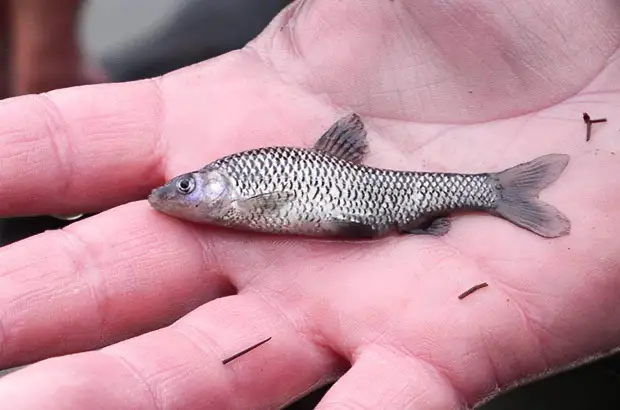
Topmouth Gudgeon although small, they are a nuisance invasive species and highly damaging to the ecosystem. They can outcompete native species as they predate on invertebrates and the eggs and larvae of other fish. These gudgeon are very territorial and can breed successfully in large numbers. The species’ origins are from Asia and came to the UK via the aquatic trade. The Environment Agency has been very proactive with this species, eliminating most known areas, leaving 6 known areas left.
Pumpkinseed

The Pumpkinseed is a non-native invasive species to the UK and is originally part of the American Freshwater Sunfish Group. This has often been found in the Sussex river systems and is the least known non-native species to the UK. The Environment Agency has tried to take steps to contain this species, but it’s slowly finding its way to other parts of the UK, notably the south where the water is slightly warmer. It’s not truly known though the extent of damage by this species or where they’ve been caught.
Grass Carp
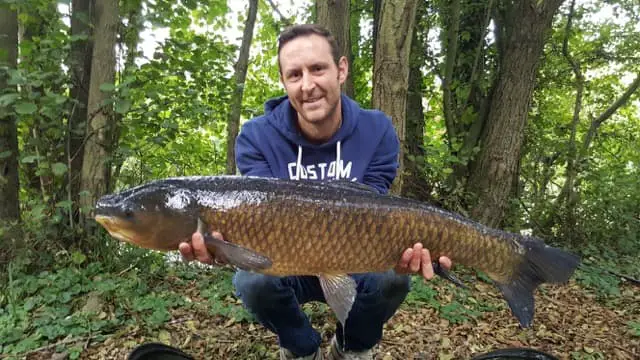
Grass Carp is a non-native species that was originally introduced to control weeds and aquatic plants. One of the first organizations to do this was British Waterways and Liverpool University in the Lancaster Canal. Originally they were put in sectioned off bodies of water to clear all weeds and through time, have found themselves being stocked to several fishing lakes. The diet has also changed through the years and is often caught by anglers fishing for carp on traditional carp fishing tactics. However, spawning is hard for these fish in the UK as they need constant temperatures of between 22–27 degrees.
There’s a Difference With River, Canal and Lake Freshwater Fish
With UK freshwater fish, they adapt to the environment they were introduced. The behaviours of such fish depends on where you find them. River and Canal fish tend to be a lot more lean and often feed on natural food likes eggs, algae, plants, crustaceans, worms, molluscs, insects, insect larvae, amphibians, and plankton. These fish appear leaner and a lot trickier to catch if you’re not prepared with bait. Fishing lakes on the other hand are a lot more commercialized and there isn’t so much natural food. These fish are often caught on man-made baits like boilies, pellets and pop-ups. These types of baits are high in protein, producing some massive fish.
The fishing is slightly different and normally approached differently. Below, we will have some information about the types of fish and some tactics that will be employed to catch them.
-
May- 2024 -6 May

Your Complete Guide to Carp Fishing
Carp fishing is the most popular type of fishing in the UK, with an estimated 7.9 million people participating in…
Read More »

